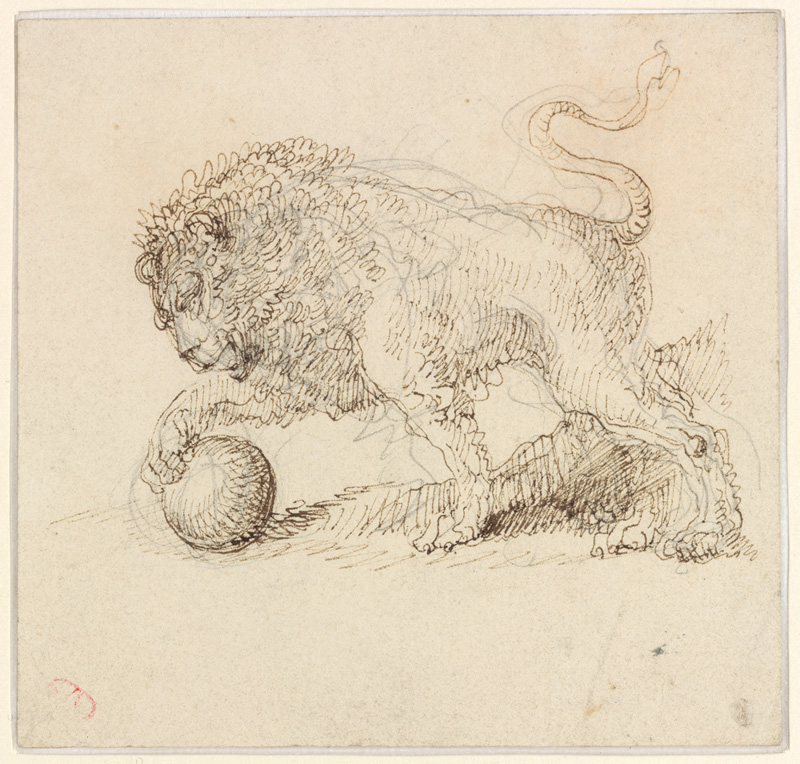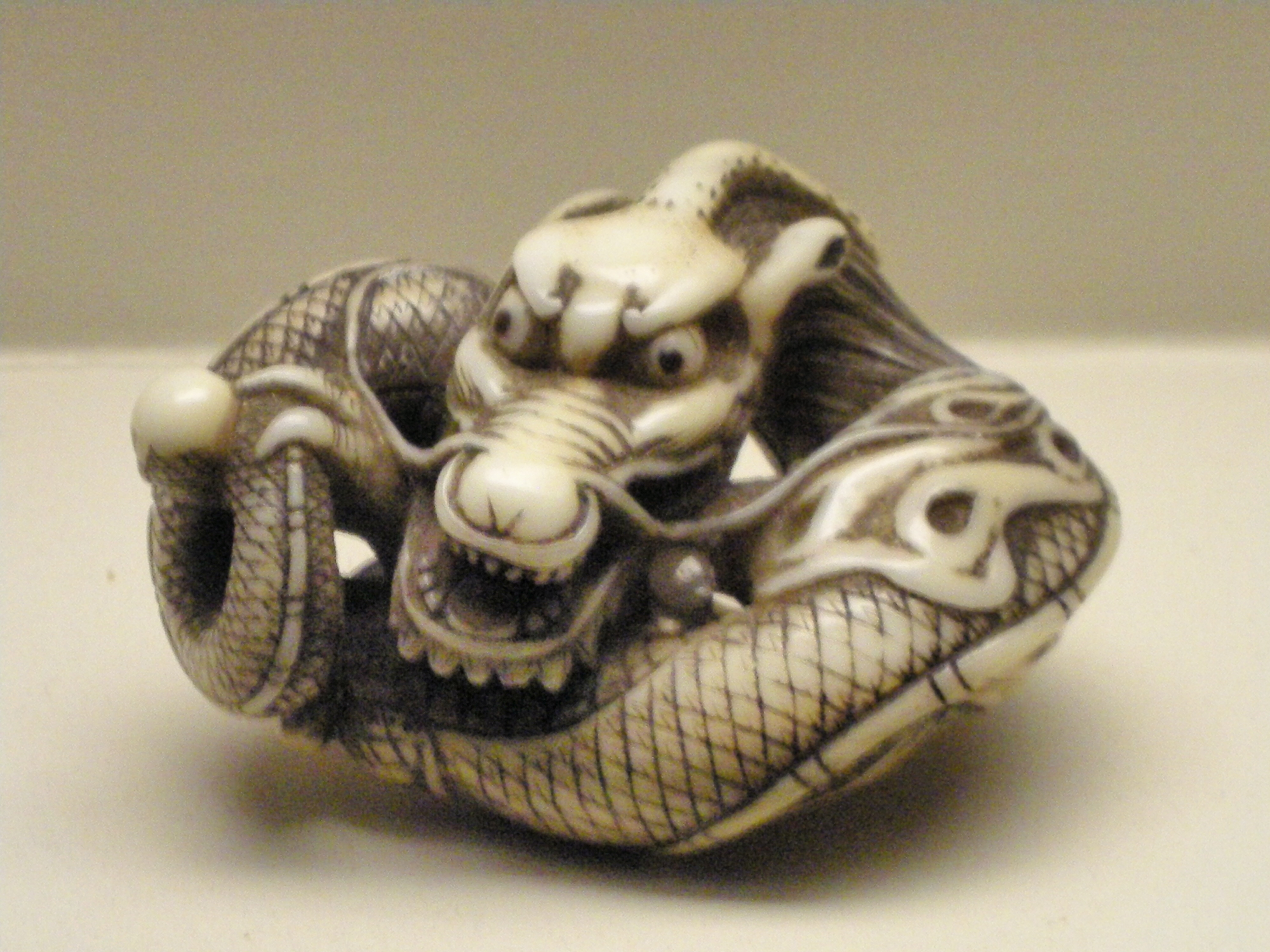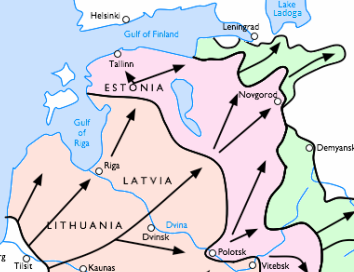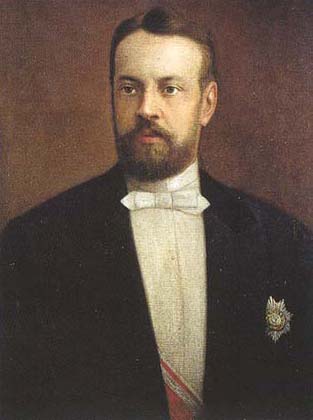|
Yelagin Palace
Yelagin Palace (Елагин дворец; also ''Yelaginsky'' or ''Yelaginoostrovsky Dvorets'') is a Palladian villa on Yelagin Island in Saint Petersburg, which served as a royal summer palace during the reign of Alexander I. The villa was designed for Alexander's mother, Maria Fyodorovna, by the architect Carlo Rossi. It was constructed in 1822 on the site of an earlier mansion built during the rule of Catherine the Great. The house was destroyed during World War II but was rebuilt and currently houses a museum. The isle to the north of the imperial Russian capital owes its name to its former proprietor, Ivan Yelagin (1725–94), a close ally of Catherine II from her early days as Grand Duchess. The first villa on the site might have been designed by Giacomo Quarenghi. Yelagin was fascinated with the idea of extracting gold from ordinary materials and retreated to the villa for his secretive research in alchemy. Count Cagliostro was summoned by Yelagin to help him in ... [...More Info...] [...Related Items...] OR: [Wikipedia] [Google] [Baidu] |
Neoclassical Architecture
Neoclassical architecture, sometimes referred to as Classical Revival architecture, is an architectural style produced by the Neoclassicism, Neoclassical movement that began in the mid-18th century in Italy, France and Germany. It became one of the most prominent architectural styles in the Western world. The prevailing styles of architecture in most of Europe for the previous two centuries, Renaissance architecture and Baroque architecture, already represented partial revivals of the Classical architecture of Roman architecture, ancient Rome and ancient Greek architecture, but the Neoclassical movement aimed to strip away the excesses of Late Baroque and return to a purer, more complete, and more authentic classical style, adapted to modern purposes. The development of archaeology and published accurate records of surviving classical buildings was crucial in the emergence of Neoclassical architecture. In many countries, there was an initial wave essentially drawing on Roman archi ... [...More Info...] [...Related Items...] OR: [Wikipedia] [Google] [Baidu] |
Medici Lions
The Medici lions are a pair of marble sculptures of lions: one of which is Rome, Roman, dating to the 2nd century AD, and the other a 16th-century Pendant painting, pendant. By 1598 both were placed at the Villa Medici, Rome. Since 1789 they have been displayed at the Loggia dei Lanzi in Florence. The sculptures depict standing male lions with a sphere or ball under one paw, looking to the side. Copies of the Medici lions have been made and publicly installed in over 30 other locations, and smaller versions made in a variety of media. Medici lion has become a term for this sculptural type. A similar Roman lion sculpture, of the 1st century AD, is known as the Albani lion, and is now in the Louvre. Here, the stone used for the ball is different from the basalt body. Both may derive from a Hellenistic original.louvre.fr< ... [...More Info...] [...Related Items...] OR: [Wikipedia] [Google] [Baidu] |
Glassware
upTypical drinkware. This list of glassware includes drinking vessels (drinkware), tableware used to set a table for eating a meal and generally glass items such as vases, and glasses used in the catering industry. It does not include laboratory glassware. Drinkware Drinkware, beverageware (in other words, cups, jugs and ewers) is a general term for a vessel intended to contain beverages or liquid foods for drinking or consumption. * Beaker * Beer glassware * Bottle * Coffee cup * Cup * Dwarf ale glass * Heavy baluster glass * Jar * Mazagran * Mug * Pythagorean cup * Quaich * Sake cup (''ochoko'') * Stemware * Tazza * Teacup * Tiki mug * Trembleuse * Tumblers * Vitrolero The word ''cup'' comes from Middle English ', from Old English, from Late Latin ', drinking vessel, perhaps variant of Latin ', tub, cask. The first known use of the word cup is before the 12th century. Tumblers Tumblers are flat-bottomed drinking glasses. * Collins glass, for a tall ... [...More Info...] [...Related Items...] OR: [Wikipedia] [Google] [Baidu] |
Objets D'art
In art history, the French term objet d'art (; ) describes an ornamental work of art, and the term objets d’art describes a range of works of art, usually small and three-dimensional, made of high-quality materials, and a finely-rendered finish that emphasises the aesthetics of the artefact. Artists create and produce ''objets d’art'' in the fields of the decorative arts and metalwork, porcelain and vitreous enamel; figurines, plaquettes, and engraved gems; ivory carvings and semi-precious hardstone carvings; tapestry, tapestries, antiques, and antiquities; and books with fine bookbinding. The National Maritime Museum, Greenwich, London, describes their accumulated artworks as a: "collection of ''objets d’art'' [which] comprises over 800 objects. These are mostly small, decorative art items that fall outside the scope of the Museum’s ceramic, plate, textiles and glass collections." The artwork collection also includes metal curtain ties, a lacquered ''papier-maché'' tray, ... [...More Info...] [...Related Items...] OR: [Wikipedia] [Google] [Baidu] |
Siege Of Leningrad
The siege of Leningrad was a Siege, military blockade undertaken by the Axis powers against the city of Leningrad (present-day Saint Petersburg) in the Soviet Union on the Eastern Front (World War II), Eastern Front of World War II from 1941 to 1944. Leningrad, the country's second largest city, was besieged by Nazi Germany, Germany and Finland for 872 days, but never captured. The siege was the List of sieges, most destructive in history and possibly the List of battles by casualties#Sieges and urban combat, most deadly, causing an estimated 1.5 million deaths, from a prewar population of 3.2 million. It was not classified as a war crime at the time, but some historians have since classified it as a genocide due to the intentional destruction of the city and the systematic starvation of its civilian population. p. 334 In August 1941, Nazi Germany, Germany's Army Group North reached the suburbs of Leningrad as Finnish forces moved to encircle the city from the north. Land ... [...More Info...] [...Related Items...] OR: [Wikipedia] [Google] [Baidu] |
Bolsheviks
The Bolsheviks, led by Vladimir Lenin, were a radical Faction (political), faction of the Marxist Russian Social Democratic Labour Party (RSDLP) which split with the Mensheviks at the 2nd Congress of the Russian Social Democratic Labour Party, Second Party Congress in 1903. The Bolshevik party, formally established in 1912, seized power in Russia in the October Revolution of 1917, and was later renamed the Russian Communist Party, All-Union Communist Party, and ultimately the Communist Party of the Soviet Union. Its ideology, based on Leninism, Leninist and later Marxism–Leninism, Marxist–Leninist principles, became known as Bolshevism. The origin of the RSDLP split was Lenin's support for a smaller party of professional revolutionaries, as opposed to the Menshevik desire for a broad party membership. The influence of the factions fluctuated in the years up to 1912, when the RSDLP formally split in two. The political philosophy of the Bolsheviks was based on the Leninist pr ... [...More Info...] [...Related Items...] OR: [Wikipedia] [Google] [Baidu] |
Council Of Ministers Of Russia
The Russian Council of Ministers is an executive governmental council that brings together the principal officers of the Executive Branch of the Russian government. This includes the chairman of the government and ministers of federal government departments. Imperial Russia Committee of Ministers The Ministries and the Committee of Ministers (Комитет Министров) were created in the early 19th century as part of the Government reform of Alexander I. The committee was an advisory board for the Emperor but could only consider matters referred to it by the monarch or when details for implementation of policy were brought to it by ministers. However, the committee had little collective power and did not make decisions, just recommendations. When the monarch presided personally over Committee meetings it was referred to as a council as the monarch had decision/policy making authority that the committee did not possess. Chairmen of the committee of Ministers (''de facto ... [...More Info...] [...Related Items...] OR: [Wikipedia] [Google] [Baidu] |
Ivan Goremykin
Ivan Logginovich Goremykin (; 8 November 183924 December 1917) was a Russian politician who served as the prime minister of the Russian Empire in 1906 and again from 1914 to 1916, during World War I. He was the last person to have the civil rank of Active Privy Councillor, 1st class. During his time in government, Goremykin pursued conservative policies. Biography Goremykin was born on 8 November 1839 into a noble family. In 1860 he completed studies at the Imperial School of Jurisprudence and became a lawyer in Saint Petersburg. In the Senate, Goremykin became responsible for agriculture in Congress Poland. In 1866 he was appointed as vice governor in Płock and in 1869 in Kielce. In 1891 he was appointed as deputy minister of justice, considered an expert on the "peasant question". Within a year he moved to the Ministry of the Interior, becoming Minister from 1895 to 1899. A self-described "man of the old school" who viewed the Tsar as the "anointed one, the rightful sover ... [...More Info...] [...Related Items...] OR: [Wikipedia] [Google] [Baidu] |
Pyotr Stolypin
Pyotr Arkadyevich Stolypin ( rus, Пётр Аркадьевич Столыпин, p=pʲɵtr ɐrˈkadʲjɪvʲɪtɕ stɐˈlɨpʲɪn; – ) was a Russian statesman who served as the third Prime Minister of Russia, prime minister and the Ministry of Internal Affairs of the Russian Empire, interior minister of the Russian Empire from 1906 until his assassination in 1911. Known as the greatest reformer of Russian society and economy, he initiated reforms that caused unprecedented growth of the Russian state, which was halted by his assassination. Born in Dresden, in the Kingdom of Saxony, to a prominent Russian aristocratic family, Stolypin became involved in government from his early 20s. His successes in public service led to rapid promotions, culminating in his appointment as interior minister under prime minister Ivan Goremykin in April 1906. In July, Goremykin resigned and was succeeded as prime minister by Stolypin. As prime minister, Stolypin initiated major agrarian reforms ... [...More Info...] [...Related Items...] OR: [Wikipedia] [Google] [Baidu] |
Sergei Witte
Count Sergei Yulyevich Witte (, ; ), also known as Sergius Witte, was a Russian statesman who served as the first prime minister of the Russian Empire, replacing the emperor as head of government. Neither liberal nor conservative, he attracted foreign capital to boost Russia's industrialization. Witte's strategy was to avoid the danger of wars. Witte served under the final two emperors of Russia, Alexander III () and Nicholas II ().Harcave, Sidney. (2004)''Count Sergei Witte and the Twilight of Imperial Russia: A Biography,'' p. xiii./ref> During the Russo-Turkish War (1877–78), he had risen to a position in which he controlled all the traffic passing to the front along the lines of the Odessa Railways. As finance minister from 1892–1903, Witte presided over extensive industrialization and achieved government monopoly control over an expanded system of railroad lines. Following months of civil unrest and outbreaks of violence in what became known as the 1905 Russian Re ... [...More Info...] [...Related Items...] OR: [Wikipedia] [Google] [Baidu] |
Nicholas II Of Russia
Nicholas II (Nikolai Alexandrovich Romanov; 186817 July 1918) or Nikolai II was the last reigning Emperor of Russia, Congress Poland, King of Congress Poland, and Grand Duke of Finland from 1 November 1894 until Abdication of Nicholas II, his abdication on 15 March 1917. He Wedding of Nicholas II and Alexandra Feodorovna, married Alexandra Feodorovna (Alix of Hesse), Alix of Hesse (later Alexandra Feodorovna) and had five children: the OTMA sisters – Grand Duchess Olga Nikolaevna of Russia, Olga, born in 1895, Grand Duchess Tatiana Nikolaevna of Russia, Tatiana, born in 1897, Grand Duchess Maria Nikolaevna of Russia, Maria, born in 1899, and Grand Duchess Anastasia Nikolaevna of Russia, Anastasia, born in 1901 — and the tsesarevich Alexei Nikolaevich, Tsarevich of Russia, Alexei Nikolaevich, who was born in 1904, three years after the birth of their last daughter, Anastasia. During his reign, Nicholas gave support to the economic and political reforms promoted by his prim ... [...More Info...] [...Related Items...] OR: [Wikipedia] [Google] [Baidu] |









